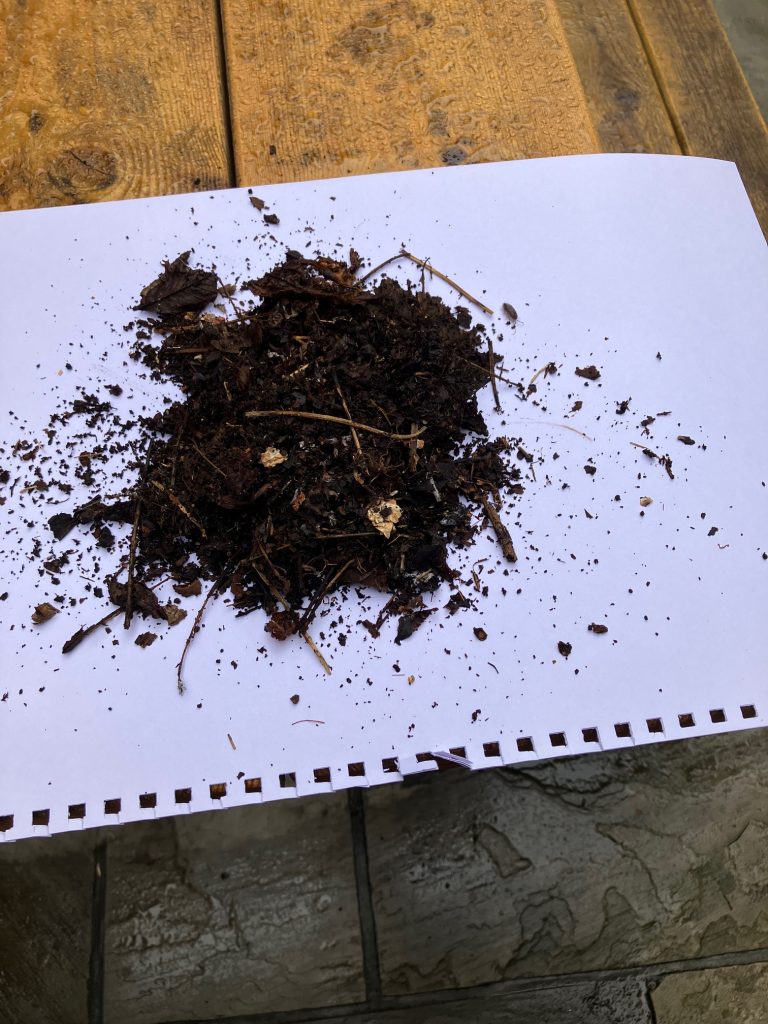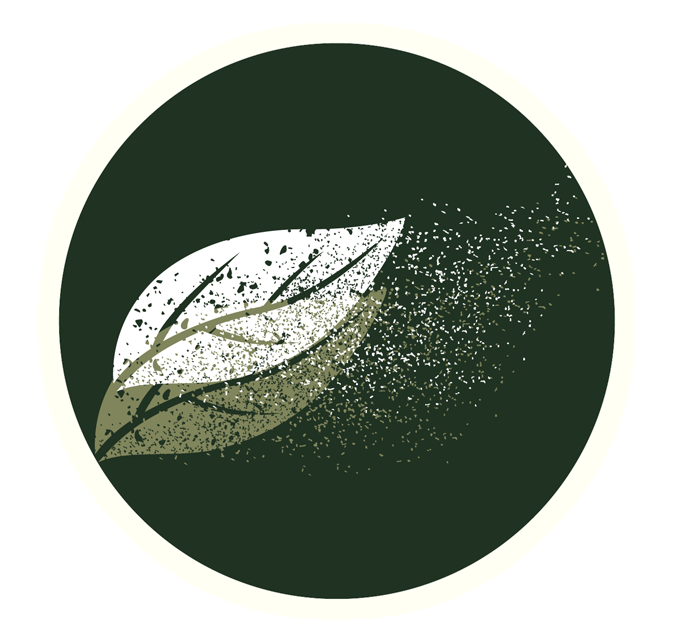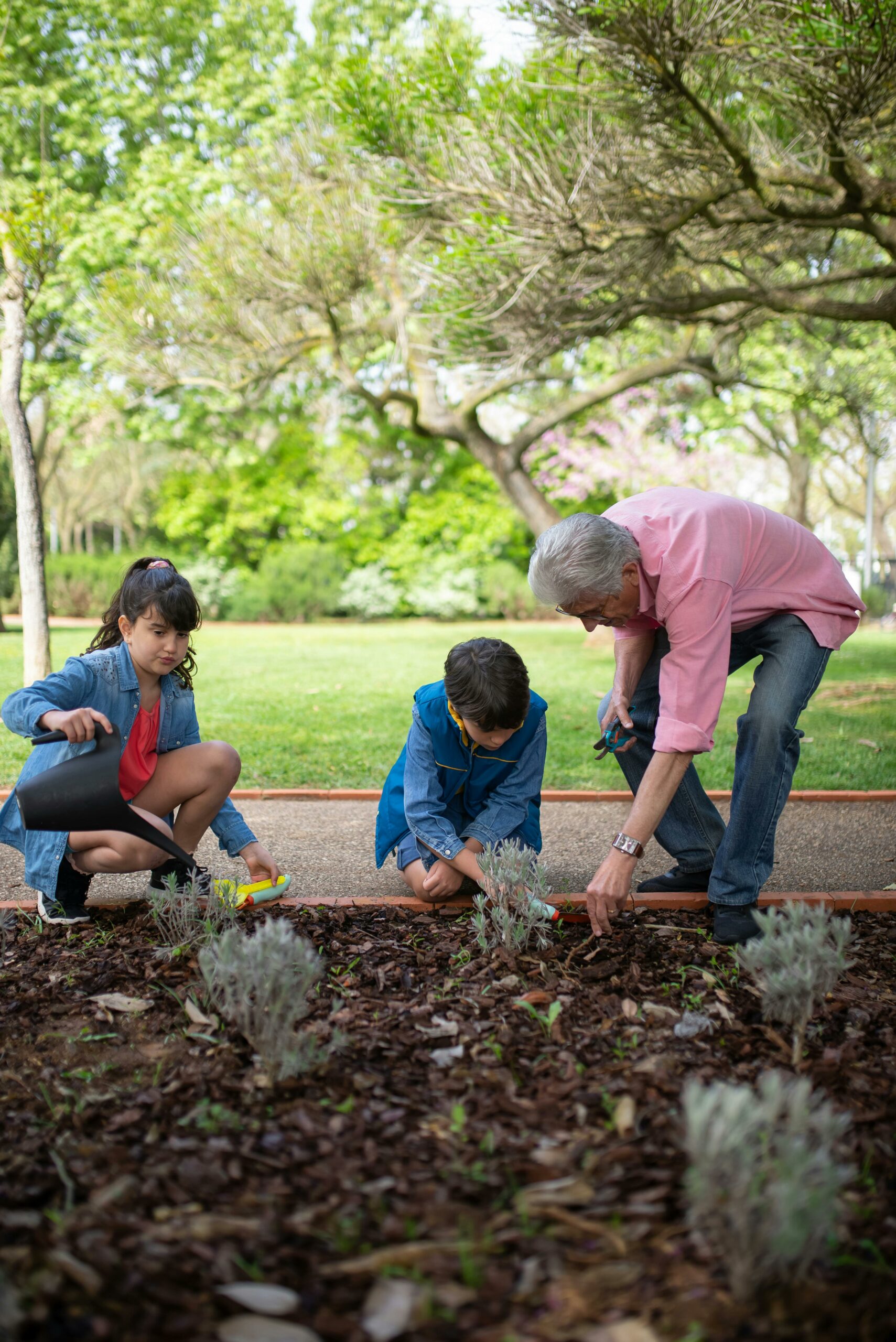One of life’s small joys is the big reveal when you open your leaf composter after the long wait of a year or two.
Some might say I should get out more, but it never fails to fascinate me when we finally get to extract the crumbly, dark goodness that is leaf mould.
When I think of our pre-composting years when we used to pay the council £9 per three bags to take away our many, many bags of raked leaves, I could cry. What a waste – all that free mulch and soil improver that I paid someone to take away!
The housing estate where we live was built on old hospital grounds where trees were planted over a hundred years ago around the nurses’ accommodation. Our garden is home to a majestic horse chestnut and is overlooked by other trees in neighbours’ gardens. That means A LOT of leaves. I think they’re wonderful, but others seem to disagree.
‘I bet you hate those flipping trees,’ said the window cleaner once, pointing out that sap must fall on clothes on the washing line. If it has, I’ve never noticed. Perhaps I’ve been walking round in sap-stained clothes for years. I’d still rather have the trees. One neighbour, a sunworshipper, couldn’t stand the fact that the trees blocked a lot of sun in summer but because they’re protected by preservation orders, she couldn’t do anything about it. She moved instead.
Happily, we no longer send our annual autumn bounty off on a council truck but reap the benefits ourselves. Having seen the light, we now stockpile some of them as Browns for our Green Johanna and Maze Tumbler composters, and there’s still more than enough left to keep topping up our two Graf Thermo King 900L composters that we keep exclusively for leaves. We recently had to ‘unpack’ them both so we could get to broken fencing behind to do some pre-winter repairs, so we now have tons of leaf mould in various stages of breakdown.

Should I leave the leaves?
Anyone dreading getting the rake out will be cheered by this advice from the Royal Horticultural Society this week- leave autumn leaves on borders as they encourage worm activity and increase humus content in soil. Other commentators have pointed out that leaves have an annoying tendency to not stay where they’re put, with the wind teasing them out and repositioning them on the lawn or, dangerously, the garden path. And in our case the hallway too.
So, for us the old rake will be getting dusted off again soon. Experience has taught us to wait until the whole lot has fallen from all the surrounding trees.
What to do with autumn leaves
If you compost, you could stockpile fallen leaves so you have readily available Browns to balance the Greens. You’ll be glad you did. While food waste and grass cuttings (nitrogen-rich Greens) are usually plentiful, finding more carbon-rich Browns content can be problematic. Storing autumn leaves in old compost bags or thick black bags next to the compost bin is a good idea so they’re ready when needed. Then when you cut the grass and have grass cuttings to add to the bin, you can add both leaves and grass cuttings at the same time, providing a good balance of nitrogen and carbon necessary for efficient composting.
Should I shred garden waste?
Chopping or shredding Browns increases the surface area in contact with microbes in the pile. The finer the compost materials are shredded, the faster the pile heats up.
If you have a large garden, a chipper/shredder could save time and effort. It also lets you shred tree leaves, so they’re less likely to mat down in the pile. Some leaves break down more quickly than others. Large leathery leaves such as chestnut benefit from being shredded first.
Evergreen leaves take far longer to rot and should be chopped first and only added in small quantities.
For smaller gardens, you could use a pair of hedge clippers and a board to chop compost materials.
What is leaf mould?
Leaf mould is produced from decomposed autumn leaves that are left to rot down in a container that allows air to access the leaves. It’s dark brown in colour with an earthy smell and crumbly texture, like compost. You don’t need to add anything else – just the leaves.
Leaf mould has similar properties to peat but has the benefit of being a renewable resource. Like compost, it will improve the physical structure of your soil, increasing water retention by around 50 per cent, but leaf mould is actually low in nutrition. All the nutrition is absorbed back into the tree before the leaves fall. It also provides a fantastic habitat for earthworms and beneficial bacteria.
How do I make leaf mould?
Making leaf mould is a very simple, relatively slow process, relying on the action of fungi rather than the fast-acting, heat-generating bacteria of the composting process.
To collect the leaves, you can rake them up into a pile, or set your mower on a high cut setting and mow them up, using the grass collector added to the back of the mower. This mulches them up for you.
The most basic way of storing leaves is to keep them in a black bin bag, pierced at the bottom and sides to allow the contents to breathe. If the leaves are very dry, moisten them before putting them in the bag.
If you prefer a container, the Thermo King compost bins that we use make life simple because:
- Two large flaps make it easy to remove compost.
- The lid allows humid air to escape and is adjustable to summer and winter weather conditions to regulate air circulation.
- The base allows micro-organisms to enter whilst deterring rodents.
How can I use my leaf mould?
If leaves have been left to rot for two years or more, they can be used as seed-sowing compost or mixed equally with sharp sand, garden compost and soil for use as potting compost..
Leaf mould also makes a great mulch and soil improver, and if less than two years old can be used as autumn top-dressing for lawns or winter-covering for bare soil.
Julie



